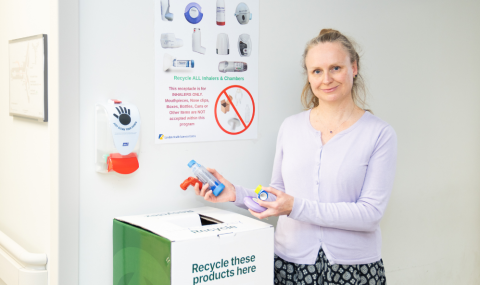What is frailty?
Physical frailty consists of three or more of the following symptoms: weight loss, muscle weakness, fatigue, slow walking speed and reduced physical function. Frailty frequently impacts health-related outcomes in patients with chronic disease.
Unlike most advanced chronic disease complications, frailty is potentially modifiable with changes in nutrition and exercise therapy. Adhering to a regular exercise program can potentially increase physical function, as well as improve recovery time post-transplant surgery and decrease risk of complications.
Benefits of Exercise
- Improved blood pressure control
- Improved muscle strength
- Lowered level of blood fats
- Better control of body weight
- Stronger bones
- Better sleep
- Reduced risk of falls
- Improved energy levels
When to Exercise
- Try to dedicate a time during the day to exercise so that it becomes a daily part of your routine. Exercise when it is convenient.
- Do not exercise outdoors when it is very humid or very cold. Find alternatives such as an indoor walking track or mall walking.
When to Stop Exercising
- If you feel very fatigued, very short of breath or develop any chest pain or tightness, STOP exercising immediately.
- If you develop an irregular heart rate, STOP exercising.
- If you feel dizzy or nauseated, STOP exercising.
- If any concerns arise after stopping the exercise, contact your doctor or physiotherapist.
- Use common sense and listen to your body!
Components of an Exercise Program
Aerobic Exercise
Aerobic exercise is an activity in which you need to move large muscle groups continuously to increase your heart rate and improve your cardiovascular health and stamina (ex. walking, stationary biking).
How to Progress Aerobic Exercise
- Start with (insert number of minutes here) minutes of (Insert activity here). Progress by one minute every day that you can, until you reach the goal of 30-40 minutes.
- You may have to start slowly and do some form of exercise in intervals
(e.g., walk for a few minutes, have a rest break and then continue). - To benefit from an aerobic exercise program, you should exercise most days of the week.
- If you feel good enough to exercise for longer periods of time (e.g., 30-40 minutes), continue to progress yourself, but do not over-exert yourself.
How Hard to Exercise
- Generally, a person benefits from continuous exercise that gets you slightly short of breath.
- A good way to measure your shortness of breath is to see if you can carry on a conversation while exercising. If you can, you are not over-exerting yourself and are exercising at the correct intensity. If you are not short of breath at all, you could probably pick up the pace a bit.
- Generally, within 30 minutes after exercising, you should feel “normal” again.
- When exercising, keep in mind the RAMP principle:
- Start exercising lightly
- Pick up the pace as tolerated and gradually increase the intensity
- Slow down the exercise again as you are about to finish
Resistance Exercise
Resistance training increases muscle strength and endurance by making your muscles move against gravity or by adding weighted dumbbells.
See attached exercise sheets for pictures of resistance exercises. You should be doing these exercises most days of the week.
How to Progress Resistance Exercise
- The muscle you are working should feel fatigued on the last few repetitions, but not to the point where you can’t do another repetition.
- Once 30 repetitions are easy then increase your weight by 1lbs and drop your repetitions to 15. Repeat.


